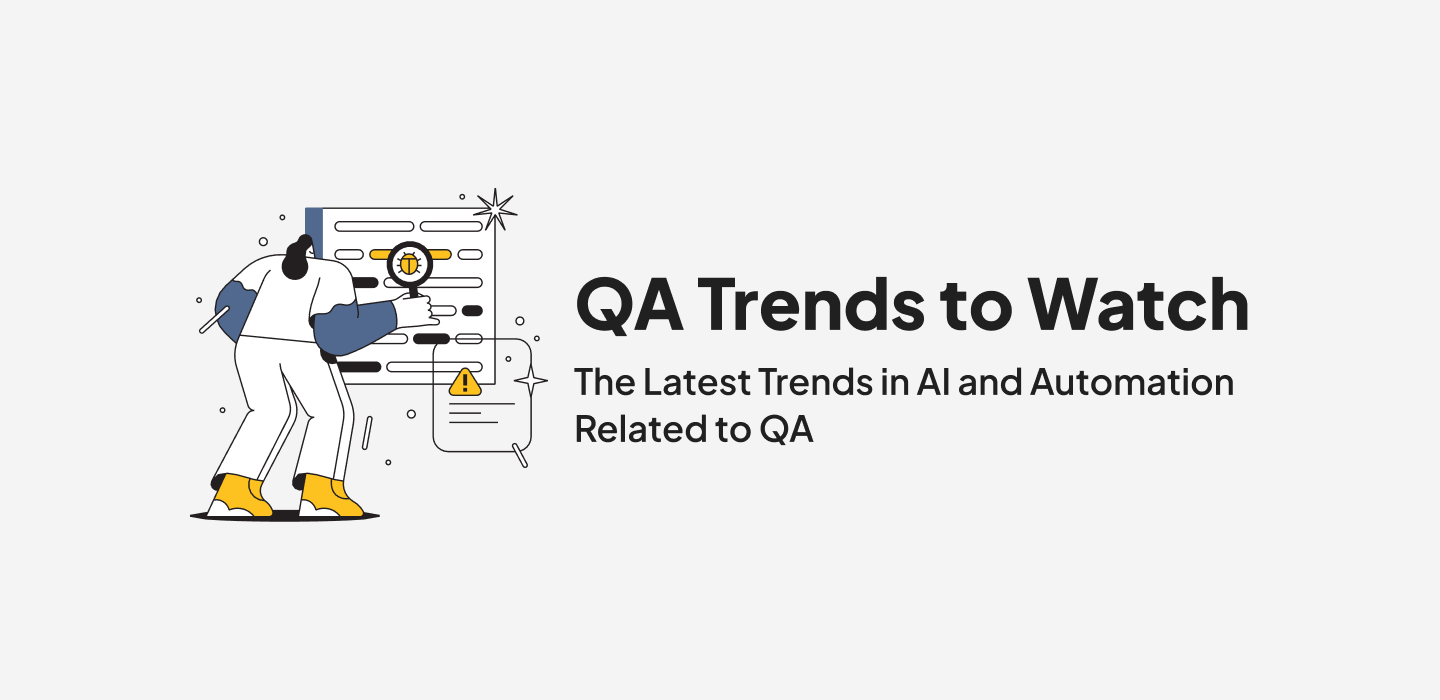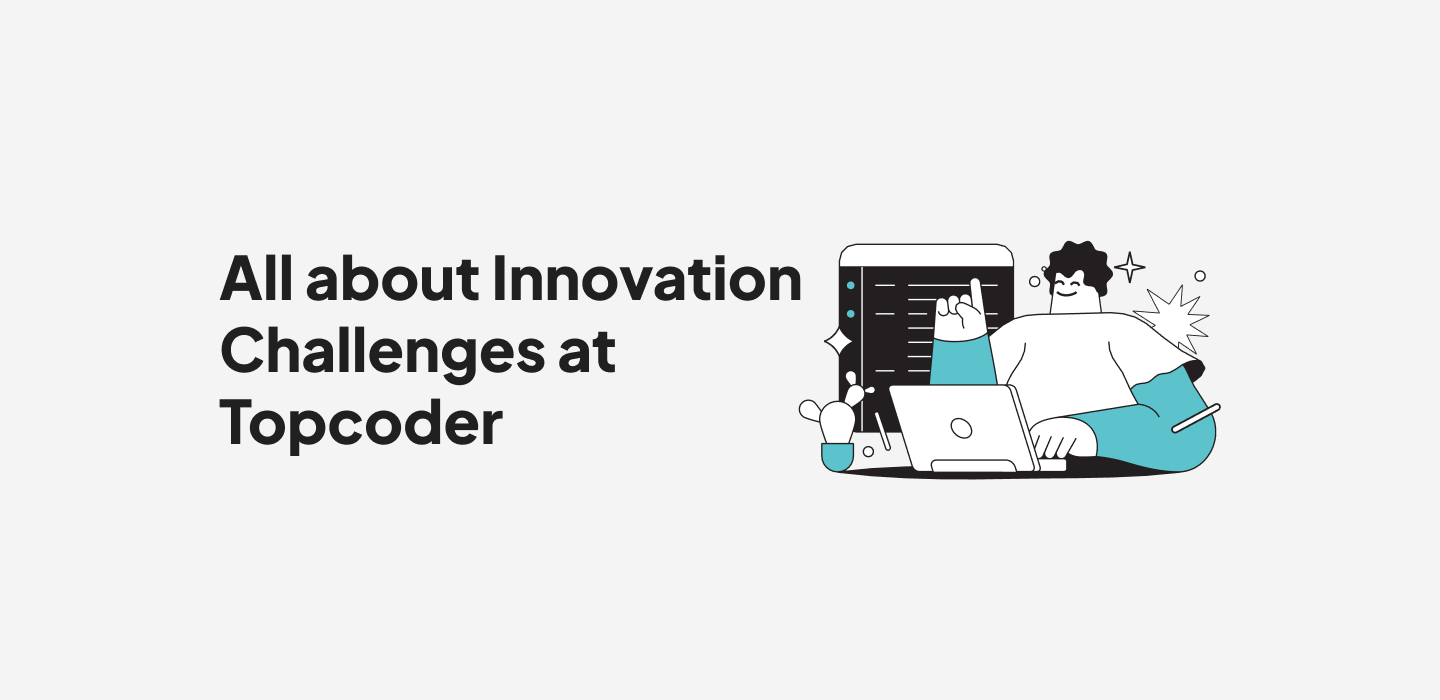June 24, 2020 The SpaceNet Story: Advancing Geospatial Analytics Through Open Data and Crowdsourcing – An Uprisor Conversation
The open innovation project SpaceNet, a nonprofit partnership led by co-founder and managing partner, CosmicQ Works and co-founder and co-chair, Maxar Technologies, is dedicated to accelerating open source, artificial intelligence applied research for geospatial applications, specifically foundational mapping (i.e. building footprint & road network detection). SpaceNet aims to create accurate machine learning algorithms that can identify building blueprints and road networks from images.
Since 2016, SpaceNet has leveraged the Topcoder community to solve an increasingly complex series of data science problems. Each SpaceNet challenge focuses on a different aspect of applying machine learning to solve difficult mapping challenges. In this Uprisor Innovation conversation, hear from the SpaceNet team about the Topcoder Challenge series, the results of SpaceNet 6, and why they believe in the powerful combination of open data initiatives + open talent (aka crowdsourcing).
Beyond open data and open talent, SpaceNet is an incredible collaboration of partners including Maxar Technologies, Capella Space, AWS, and others. In the video below leaders from several of the key SpaceNet partners discuss the history of SpaceNet, it’s shared purpose, and where the program is heading next.
The Power of Many Minds on a Single Problem – Spacenet and Open Talent
SpaceNet is working hard to leverage machine learning algorithms that can fully automate the extraction of building footprints and road networks from satellite imagery. Collaborating with Topcoder’s crowd makes producing all of these algorithms possible, which might not be possible with SpaceNet’s relatively small dedicated team. Through crowdsourcing and on-demand talent, SpaceNet can open up the problem to hundreds of thousands of minds around the globe. With many people developing unique algorithms, SpaceNet can compare them against each other to find the best fit. That’s the beauty of using open talent for data science.
Over the six challenges that SpaceNet has run on Topcoder, they gained algorithms relating to geospatial mapping that could prove useful in disaster relief and non-commercialized mapping. The algorithms also help SpaceNet make breakthroughs in advanced geospatial vision algorithms.
History Snapshot: Topcoder and the Spacenet Challenge Series
The SpaceNet challenge series is unique in that it’s incremental—each challenge builds upon the last with an additional layer of complexity.
In SpaceNet 1, the Topcoder community developed automated methods for extracting building footprints from Maxar’s high-resolution satellite imagery. SpaceNet 2 had a similar focus, but drew on much more data and multiple new imagery formats, among other advancements. SpaceNet 3 challenged participants to detect and map road networks across four cities. SpaceNet 4 focused on automating mapping from off-nadir imagery. The SpaceNet 5 challenge sought to build upon the advances from SpaceNet 3 and tested challenge participants to automatically extract road networks and routing information from satellite imagery, along with travel time estimates along all roadways, thereby permitting true optimal routing.
SpaceNet 6 added further complexity with multi-sensor all weather mapping and upped the difficulty level. The task of SpaceNet 6 was to automatically extract building footprints with computer vision and AI algorithms using a combination of synthetic aperture radar (SAR) and electro-optical (EO) imagery datasets.
Standing on the Shoulders of Giants
Each SpaceNet challenge represents a sincere progression of difficulty, with each solution getting more niche in the specificity of the algorithm. Crowdsourcing is ideal for a progressing challenge series like this because the crowd can draw on learnings from past competitors and solutions. Based on what you know you can go create the next best algorithm, and iterate on an exponential track. And making datasets open source, thus available before, during, and after challenges, increases access and the potential for innovation.
SpaceNet 7 and Beyond
What’s next for SpaceNet? The series continues with the SpaceNet 7 Multi-Temporal Urban Development Challenge, aimed at helping to quantify population statistics. Participants will identify and track buildings in satellite imagery time series collected over rapidly urbanizing areas. Launching Fall 2020, SpaceNet 7 has broad implications for disaster preparedness, the environment, infrastructure development, and epidemic prevention.
Thanks to our partners at In-Q-Tel, CosmiQ Works, Maxar Technologies, Intel AI, Amazon Web Services (AWS), Capella Space, and Planet.
Alexa Baray


